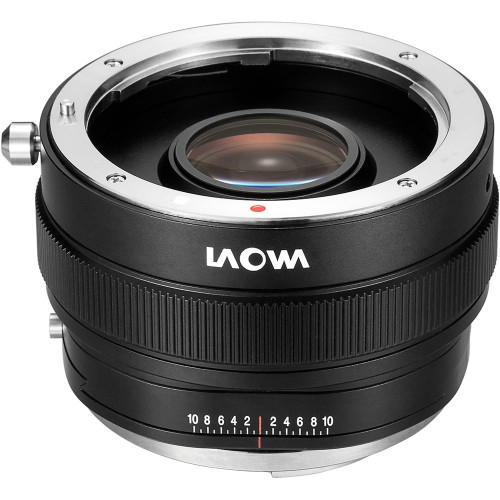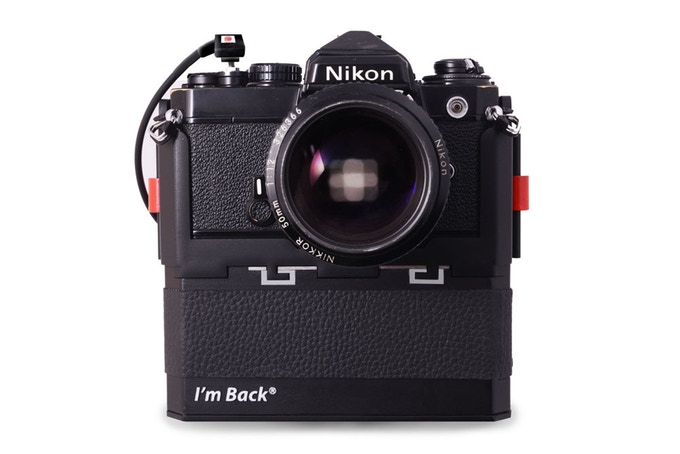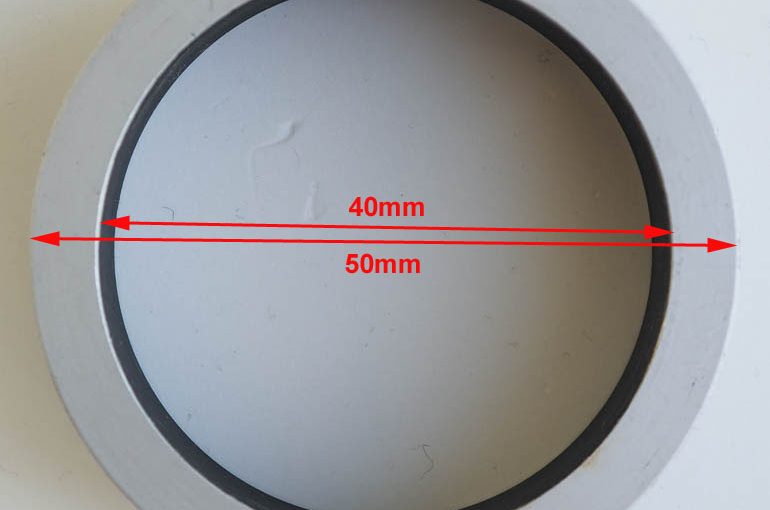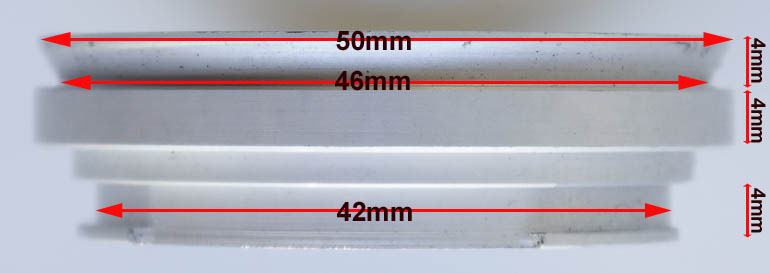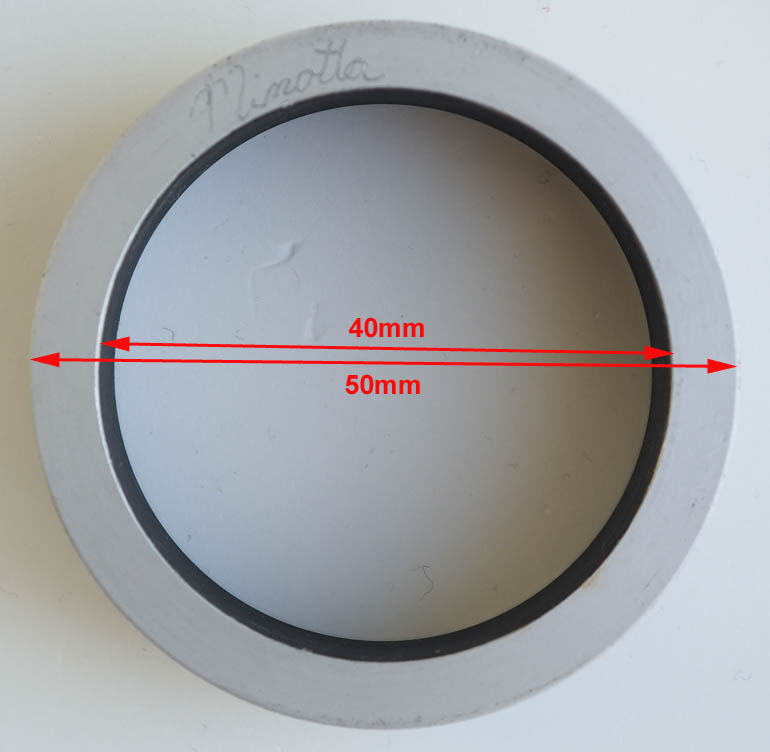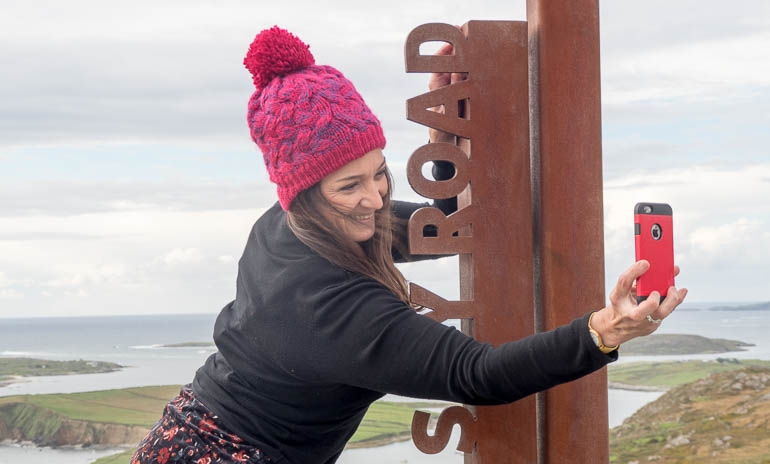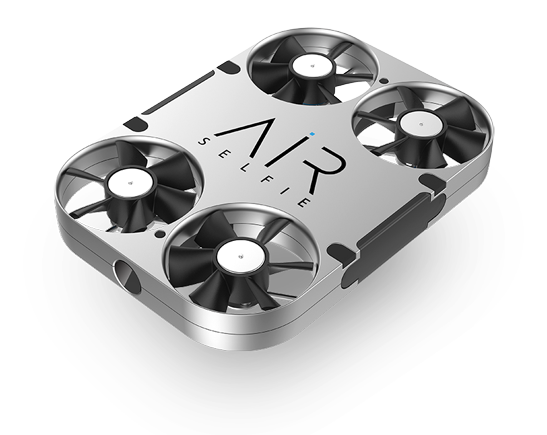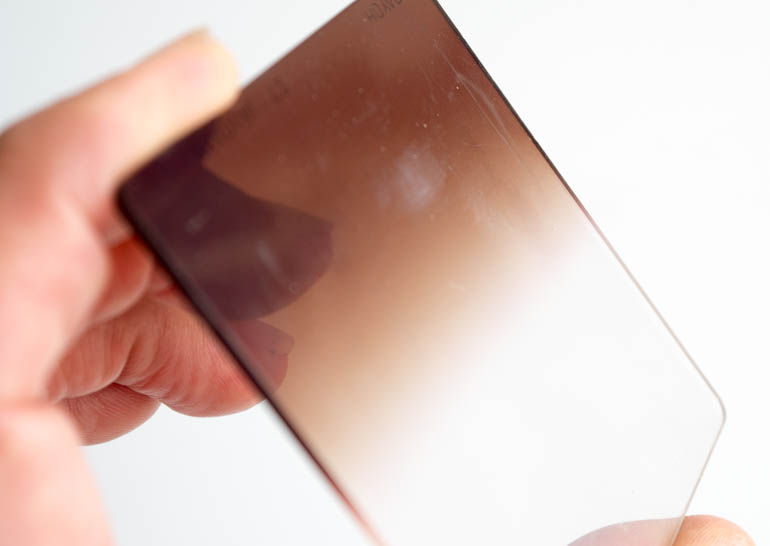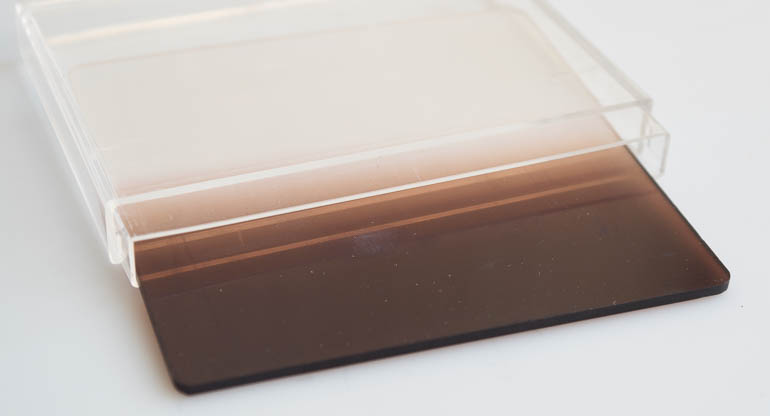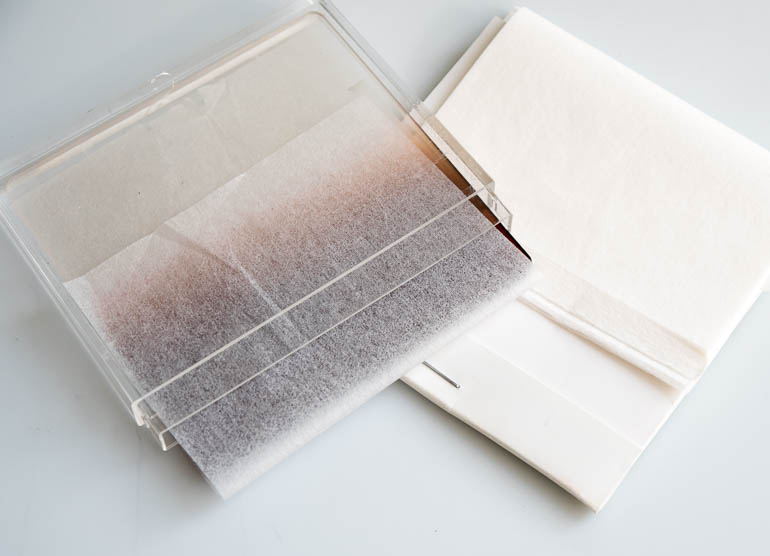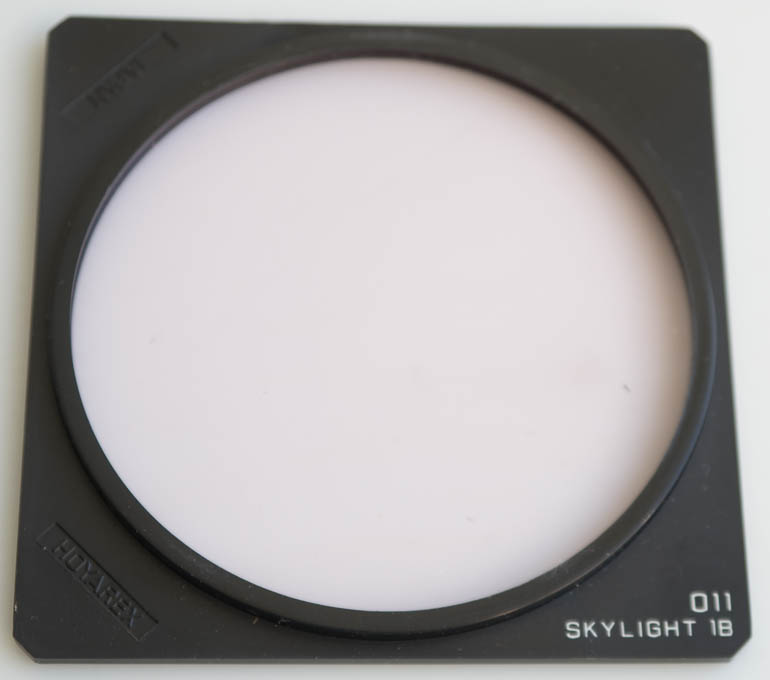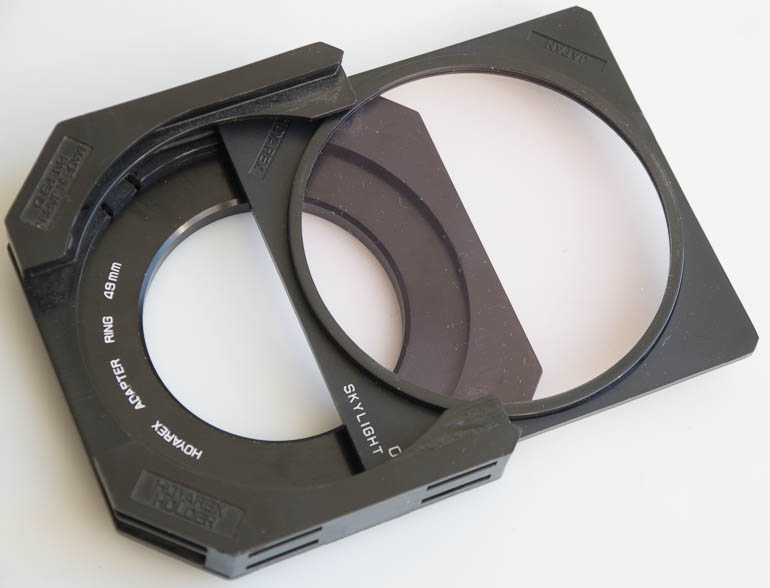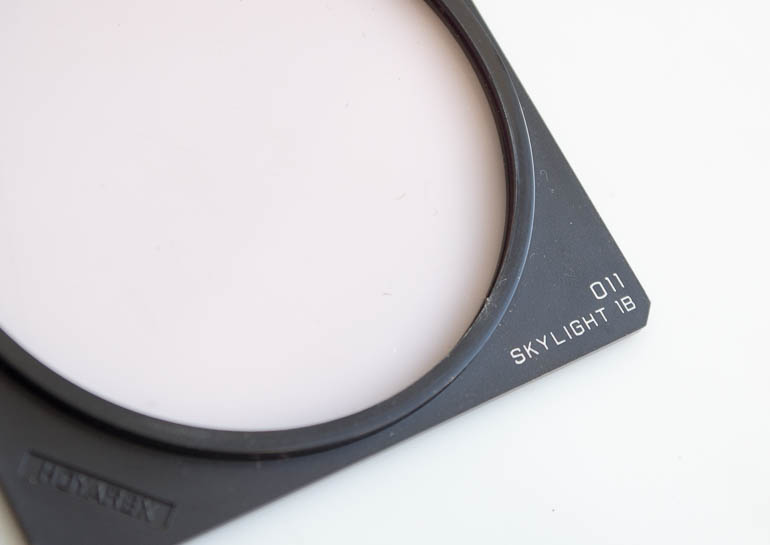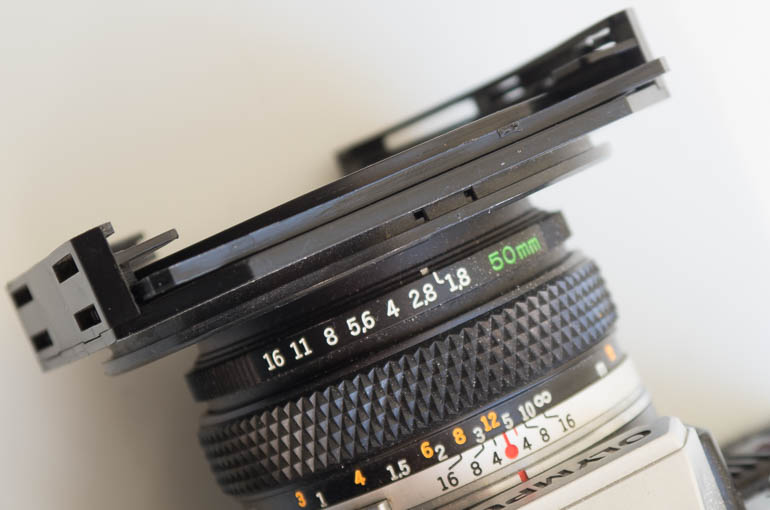A stepping ring is an adaptor that screws into the front of your lens to change the filter thread size. The idea is you can make one filter fit a number of lenses with different filter thread sizes by attaching a stepping ring in between the filter and the lens.
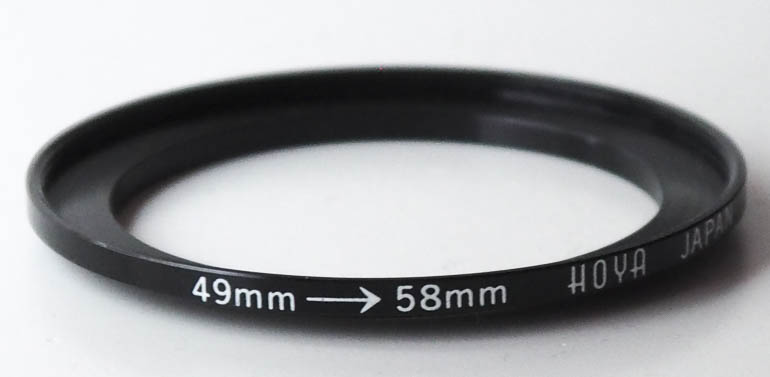
Their are always two numbers on a stepping ring. The filter thread size of the lens, and the filter thread size of the filter. They always start with the lens filter thread size first. You use a step up ring to attach a larger filter on to a lens with a smaller filter thread size And you step down to use a smaller filter on a lens with a larger thread.
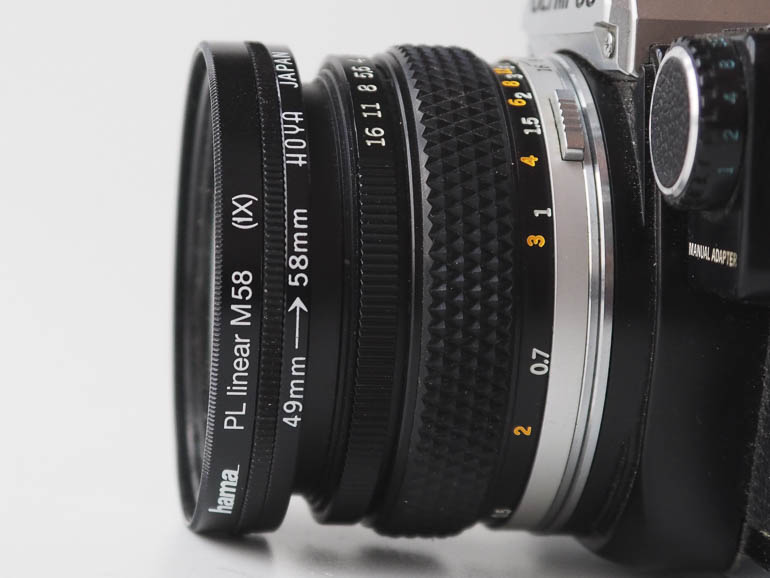
So a 49-58mm stepping ring is a step up ring and will let you screw a 58mm filter onto a lens with a 49mm thread (see pic above). While a 67-55mm stepping ring is a step down ring and will let you screw a 55mm filter onto a lens with a 67mm thread.
Generally its better to use step up filters on wide angle lenses to avoid vignetting where the smaller filter encroaches into the edges of the frame. A step down filter is better used on telephoto lenses.
Here at PhotographyAttic we have a wide range of stepping rings from a number of brands. And we’ve reduced the price so most unbranded ones are £2.00 and ones with brand name are £3.00. Buy here: Stepping Rings for sale

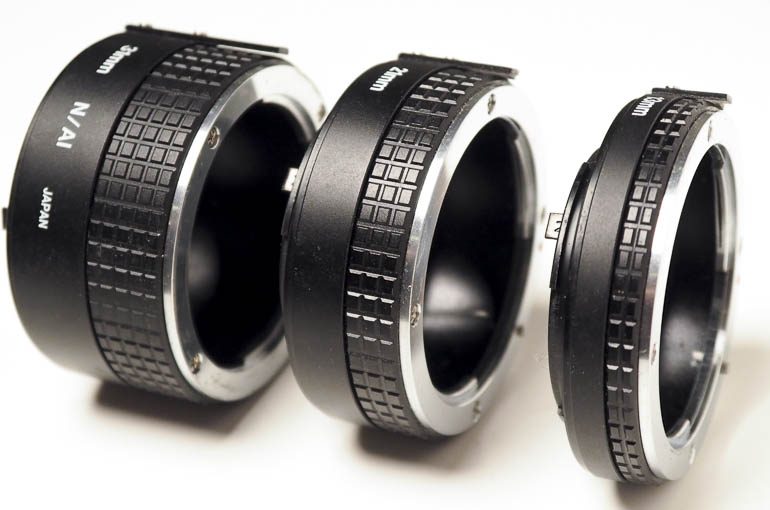
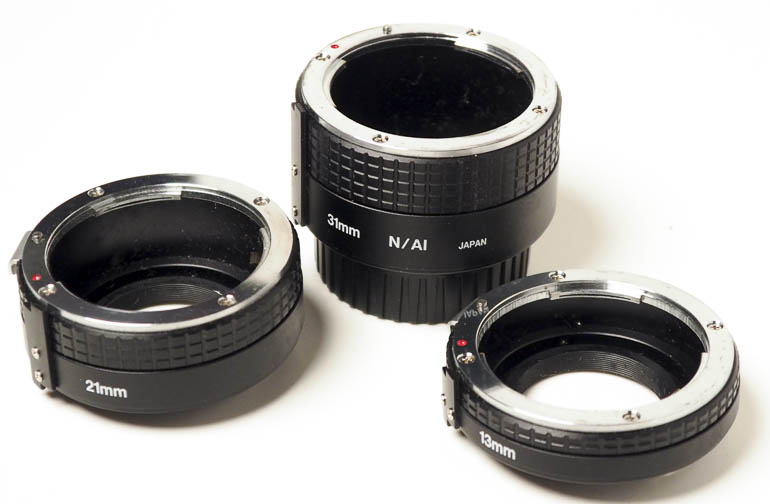
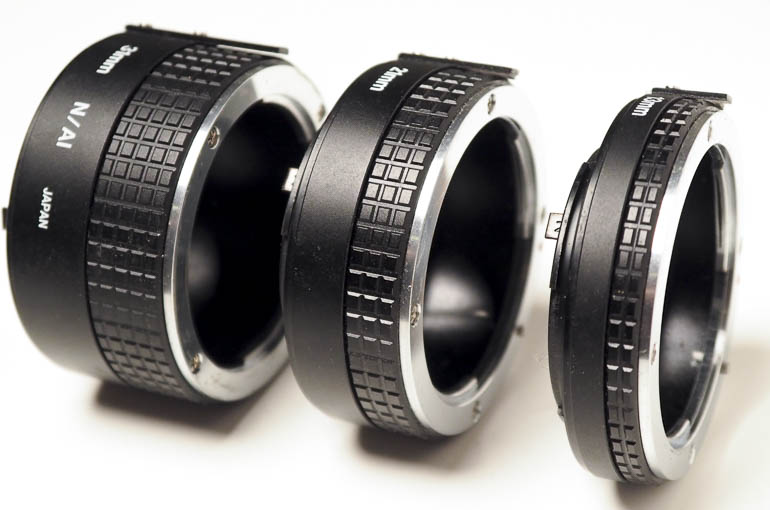
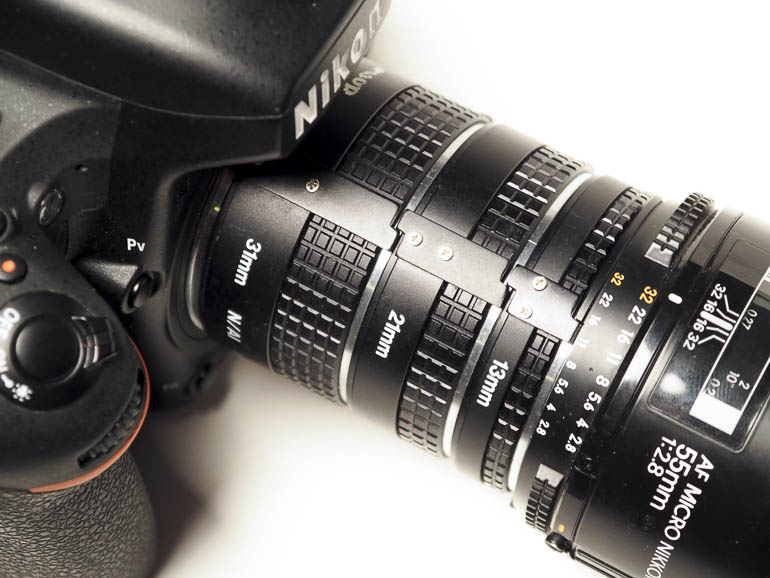
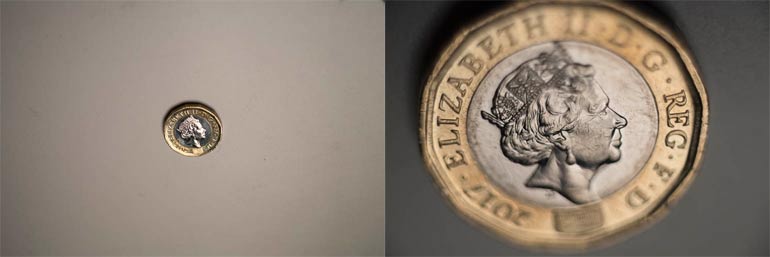 This photograph of a British one pound coin was taken using a nikon camera with a 55mm lens set to infinity and an extension tube added. The smaller coin on the left is with the 13mm and the coin on the right is with the three tubes attached giving 65mm extension. The lens was at f/2.8 to show how shallow depth of field is. When using tubes you either need to use a very small aperture or shoot the subject parallel to the CCD or film plane. Here the coin was at an angle so only a shallow strip across the centre is sharp.
This photograph of a British one pound coin was taken using a nikon camera with a 55mm lens set to infinity and an extension tube added. The smaller coin on the left is with the 13mm and the coin on the right is with the three tubes attached giving 65mm extension. The lens was at f/2.8 to show how shallow depth of field is. When using tubes you either need to use a very small aperture or shoot the subject parallel to the CCD or film plane. Here the coin was at an angle so only a shallow strip across the centre is sharp.